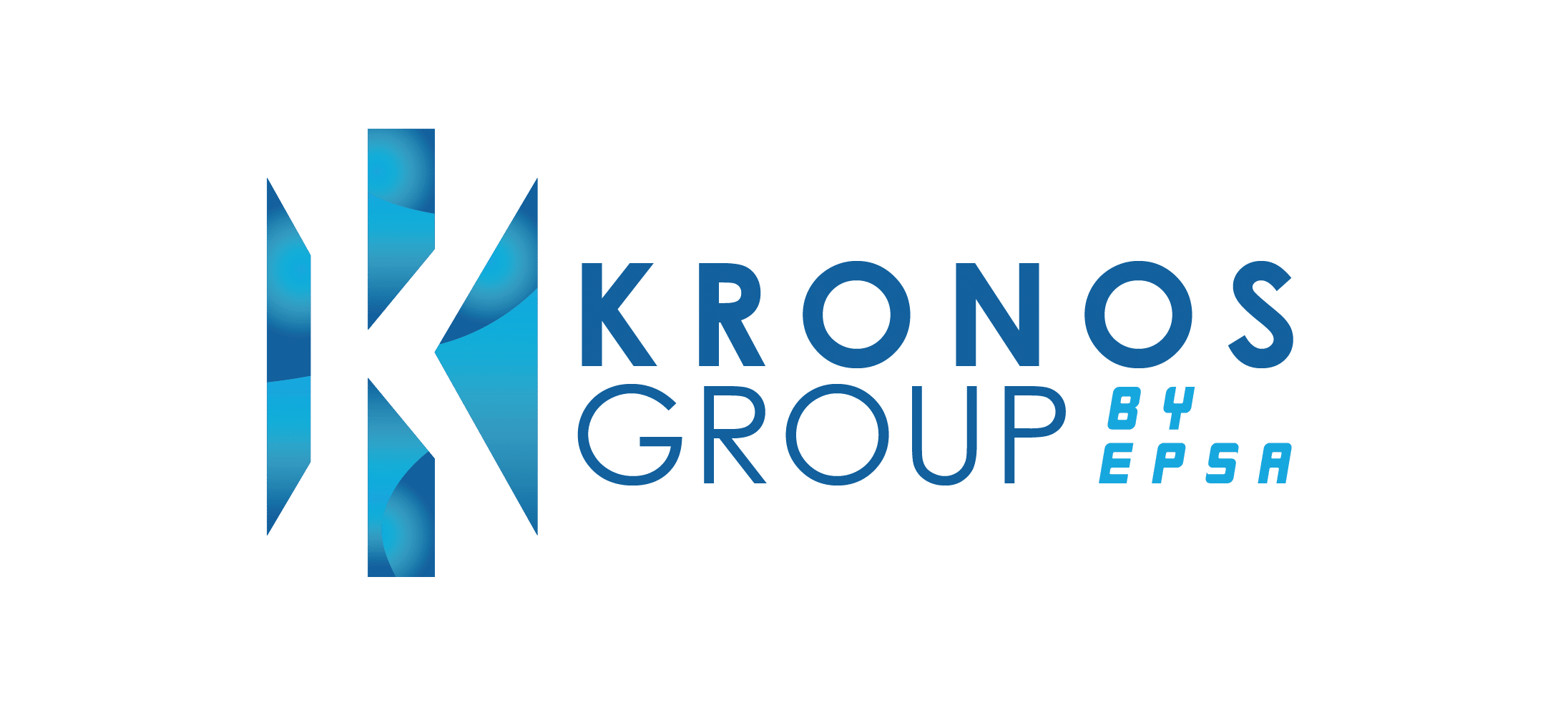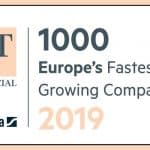Summary In the contemporary business environment, digital procurement is becoming increasingly popular and sought after by businesses around the world. The relationships …
What is strategic cost management?
Why is strategic cost management important?
Strategic cost management is a vital consideration for businesses. It prompts a thorough understanding of cost structure, analysis, elements, and components when it comes to decision-making, corresponding to the value chain, stakeholder management, and competitive edge.
The main concept of strategic cost management is the reduction of costs while sustaining quality and product standards. The eradication of unnecessary costs pushes towards higher profitability margins and the success of financial objective achievement.
It also builds a process of communication, implementation, authorisation, and configuration, while also establishing a solid basis for decision-making.
Stages of strategic cost management
Cost management allows for the recognition of relationships between the value chain and stakeholders, which results in a higher level of competitive advantage.
A business must undergo several stages of cost management to achieve strategic objectives. These are:

Articulate and draw up strategies

Streamline the communication of the plan

Draw up an implementation plan

Execute the plan into effect

Control and gauge success
How to improve the cost management strategy
Cost management strategies depend on the nature of the business, the level of competition, the nature of the industry, the main target demographic, demand and supply, and the state of the economy.
Businesses are continuously considering several ways to revamp their cost management strategy. Here are some of the most effective among them.

Examining the firm’s present financial condition
It is very important to understand the present financial situation because it outlines where the business stands. It unveils the business’s financial liquidity position, cash flow arrangements, debt load, and ability to meet short or long-term objectives. This stimulates an idealogy behind profit margins.


Implementing a proper budgeting strategy
Budgeting is vital when it comes to planning and acts as a guide for objective achievement. A budget can be prepared for the short or long run, and this can help businesses strategise market changes, levels of competition, and economic change. It also helps prioritise expenses and reduce opportunity costs.

Reviewing and targeting costs
Going through each stage of the business process will help target costs that can be forgone or optimised to further reduce them. Reducing redundant costs and keeping essential costs contained is an evident pathway to profitability. This also adds value to the end product, which can be passed on to consumers at better margins.


Adopting a new pricing strategy
A company must make a distinguishable revenue and income in line with the costs incurred to cover them. Some pricing strategies that can be implemented to this end are; cost-plus pricing, psychological pricing, dynamic pricing, competitive pricing and value-based pricing. The appropriate strategy will depend on quality, market demographics, and competition.

Streamlining business operations
The more complicated and tedious processes are, the more costs are incurred. To counteract this, firms tend to turn towards automation. While it can be a bulky cost in the short term, the accuracy, quality, and efficiency it provides in the long run is highly beneficial. In fact, data has shown that there is a 66% increase in productivity from automation.


Incorporating stakeholder feedback
Cost optimisation is relatively easy to figure out but bottlenecks can develop in the implementation process. Involving internal and external stakeholders to comment on the cost strategy will inform the creation of more robust methods of optimising costs. Using an experienced financial consultant may also aid in simplifying the strategy and speeding up goal achievement.
Components of a cost management strategy
There are three components of a cost management strategy. These allow firms to excel in the quality of products and services and drive profitability.
These components are as follows.
- Positioning Analysis
Monitoring where the company stands financially, economically, and competitively. - Cost Analysis
Identifying costs and analysing how they contribute to business activity - Value Chain Analysis
Analysing activities in the value chain to identify opportunities for improvement.
Fighting the effects of inflation with sourcing and procurement consultants
Stay up-to-date on the latest insights on procurement, finance, and project management.
Summary Strategic procurement has become a necessity in today’s business world and organisations try to remain competitive. Having the right procurement strategies …
Summary The world of consulting has been undergoing a massive transformation and management consulting jobs are experiencing the impacts of these changes. …












